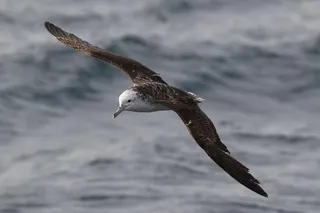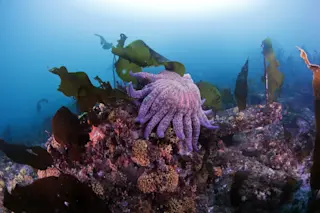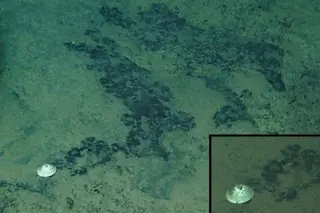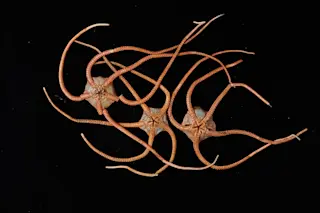This is one of Darlene Ketten's more comfortable field dissections: The sun is out, there's a pleasant breeze, only one vulture looms overhead, and the whale doesn't stink.
It's a small male sperm whale, only a year or two old—maybe 16 feet long if it were all here. Conveniently, only the head remains, at most a ton of blubber, skin, and bones resting on a wooden pallet. "You can lift it with a forklift! I love it," says Ketten, a biologist who studies the hearing of whales. Because this whale has been kept frozen, it is the freshest sperm whale she has cut into in years, and she can't help contrasting it with her last sperm whale dissection in 1999, on New Year's. She was at a party, "in velvet minidress and three-inch heels," when she got the call—a whale had beached and died on Nantucket Island. She dropped everything ...














